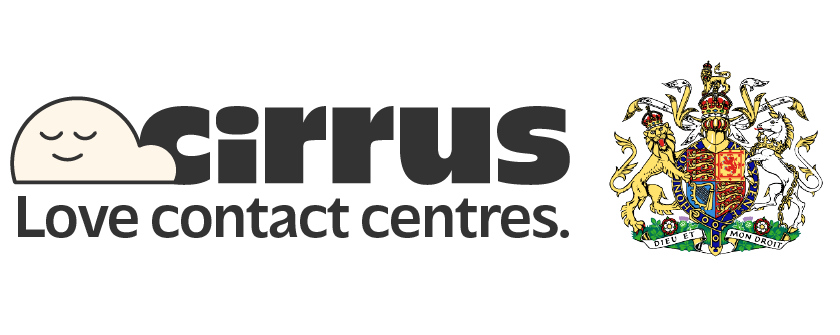In a previous post, we looked at what was driving adoption of cloud contact centre solutions in 2018. This time, we’re going to look at those who have already embraced cloud technologies and see if function really does define form.
The last five years has seen an increase in adoption rates among contact centres delivering outbound sales. This has been encouraged by the “normalization” of cloud-based CRM. The increased exposure to cloud technologies has brought down some of the traditional barriers to change, making it easier to present a business case for cloud migration.
The market for cloud is still relatively young and is undergoing an expansion phase, with most cloud deployments being “net new” i.e. they are used to replace end-of-life on-premises solutions or add new functionality to an existing solution. As the market matures and goes through its consolidation phase, we’re more likely to see customers moving between cloud service providers.
It’s fair to say that many cloud contact centre service providers have focused on small to medium-sized customers in their efforts to gain a foothold in the market. It’s easy to see why, as the agility and flexibility inherent in cloud solutions allows smaller organisations to compete on an even footing with the big boys. But does size really matter?
In its recent Inner Circle Guide to Cloud-Based Contact Centre Solutions, Contact Babel compared the adoption of cloud-based contact centre solutions over the past five years among small, medium and large organisations.
The survey results for 2017 showed very little variance in adoption rates amongst organisations of all sizes. On average, 44% of respondents said they were using cloud in some form or another. Perhaps the most surprising statistics to come out of this is that more than half of all contact centres are still not using cloud.
What’s in the Cloud?
The survey results for 2017 showed very little variance in adoption rates amongst organisations of all sizes. On average, 44% of respondents said they were using cloud in some form or another. Perhaps the most surprising statistics to come out of this is that more than half of all contact centres are still not using cloud.
To date, call routing and recording functionality have been at the vanguard of cloud adoption, followed closely by IVR/speech recognition. This shouldn’t come as too much of a surprise, given that around 90% of contact centres are using these technologies.
Looking forward, there seems to be a slight shift in emphasis, with ease of integration with other critical systems becoming a significant factor. When asked “where next” a quarter of respondents to the Contact Babel survey indicated that CRM/agent desktop and workforce management systems were likely to migrate to the cloud within two years.
Functionality versus Availability
There is more than one element to the cloud adoption story. Functionality is important, but it needs to be balanced by availability. As contact centres look for new and innovative ways to deliver “an excellent customer experience” they need to remember that adding new features and services only adds value if they are backed by resilience.
When discussing resilience, or business continuity, there are two key metrics used to assess the effectiveness of any solution. In the event of a systems failure, organisations are concerned with how quickly their systems can get back online and how much data may have been lost as a result. These two metrics are known as recovery time objective (RTO) and recovery point objective (RPO).
Service availability is a key factor driving greater levels of cloud adoption. Time is money, so the longer your systems are unavailable, the more it costs your business. A true cloud solution should be able to deliver an RTO that is measured in seconds, not hours.
Similarly, your contact centre does not exists in a vacuum, it is integrated with a range of business-critical applications and data streams. If you need to recover data following a systems outage, how much data is likely to have been lost? How often is your data backed up?
Here again, cloud solutions can deliver a more robust process, where real-time back-ups can deliver a RPO measured in seconds, minimizing any data loss.
About Cirrus
As an experienced provider of cloud-based contact centre solutions, Cirrus is ideally placed to help organisations navigate their journey to the cloud. For more details on cloud features and performance, contact us on sales@cirrusconnects.com or call us on 0333 103 3333.





